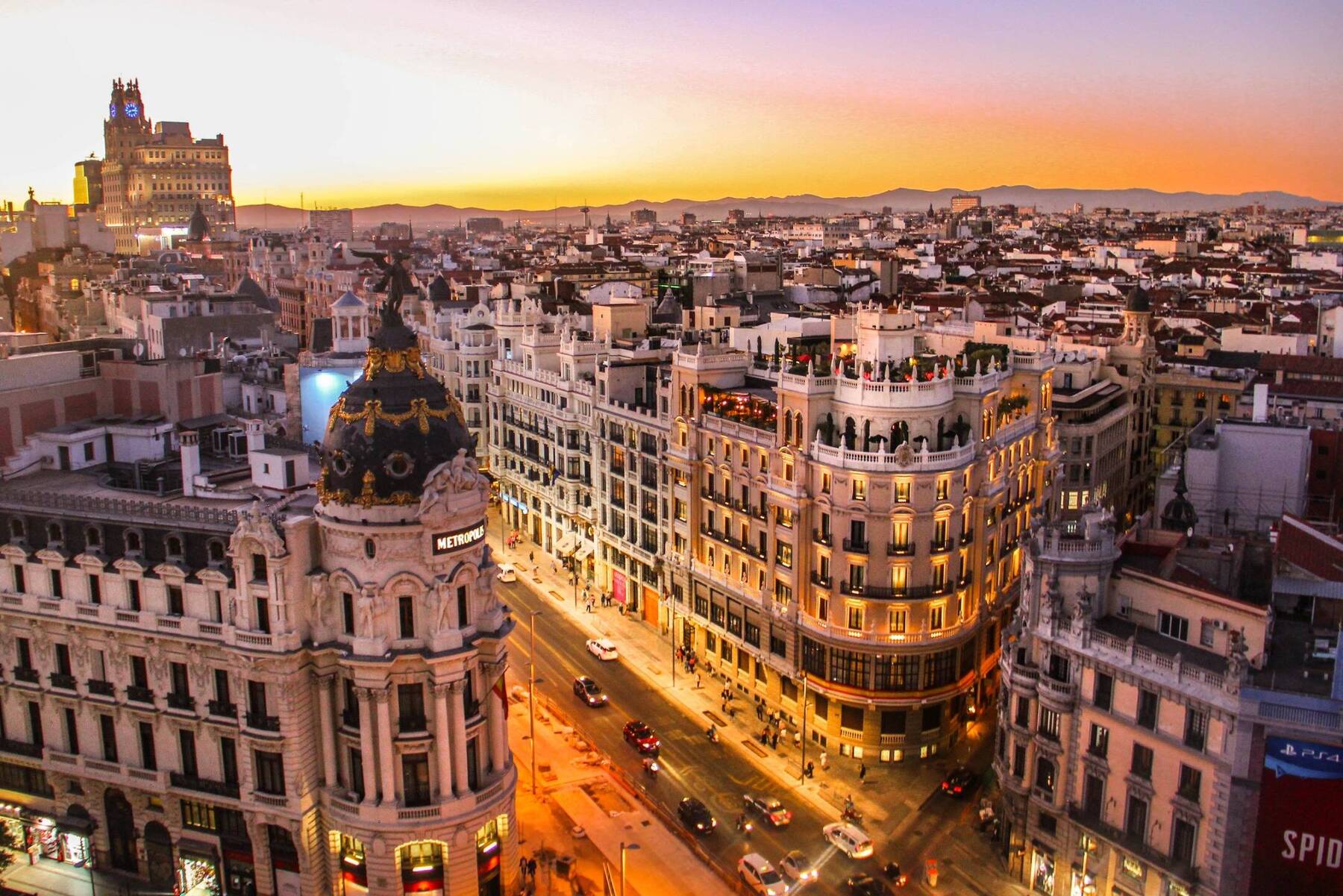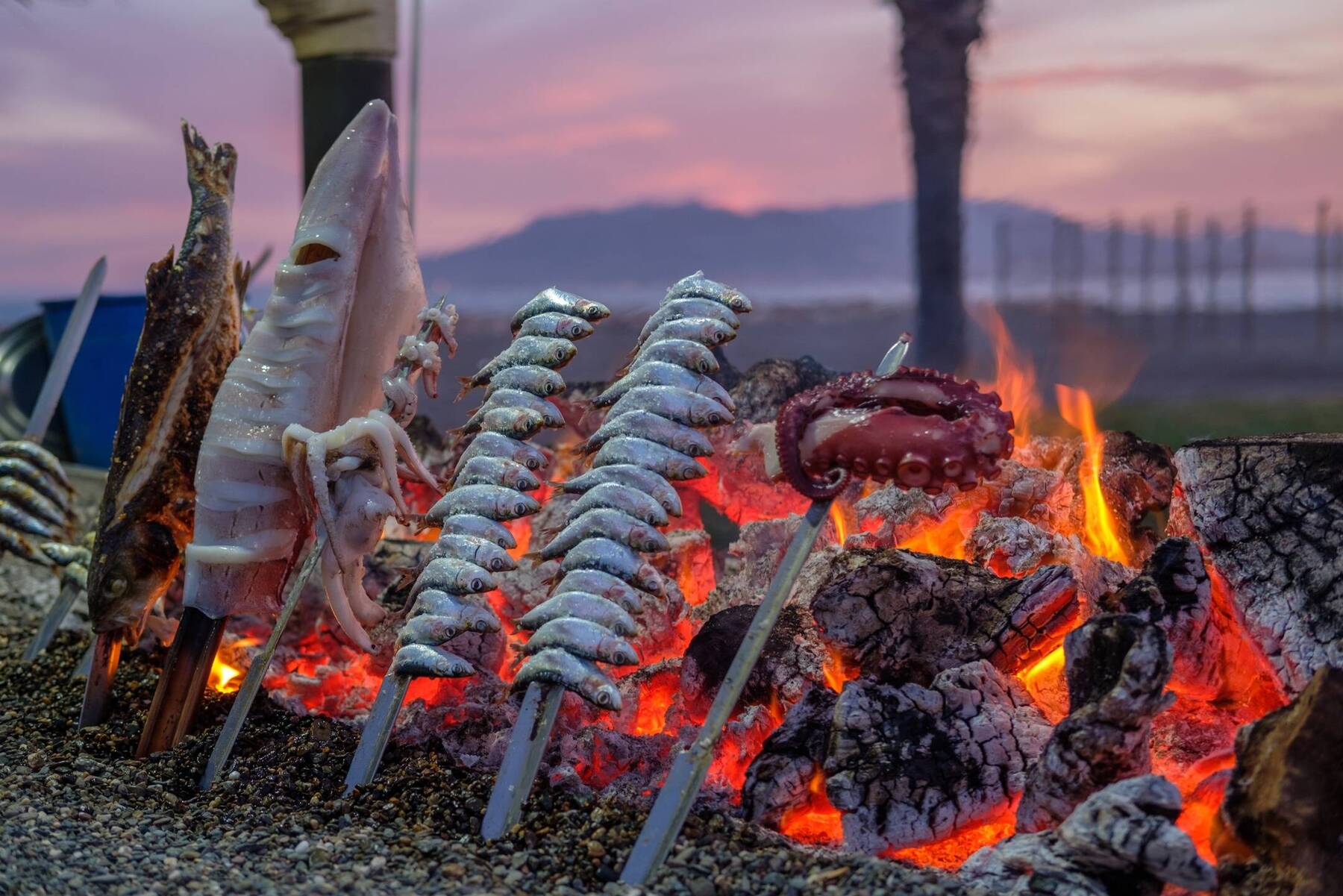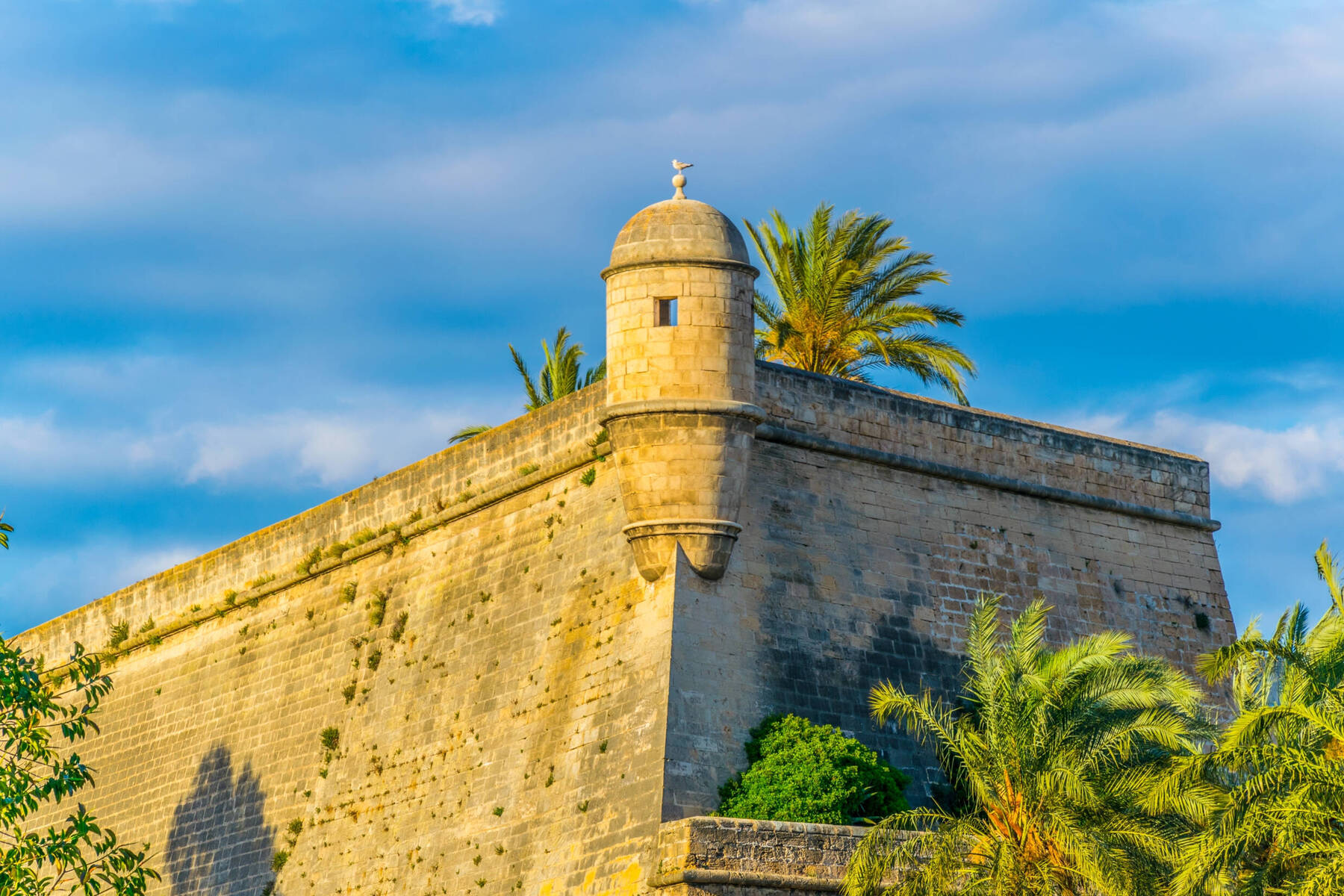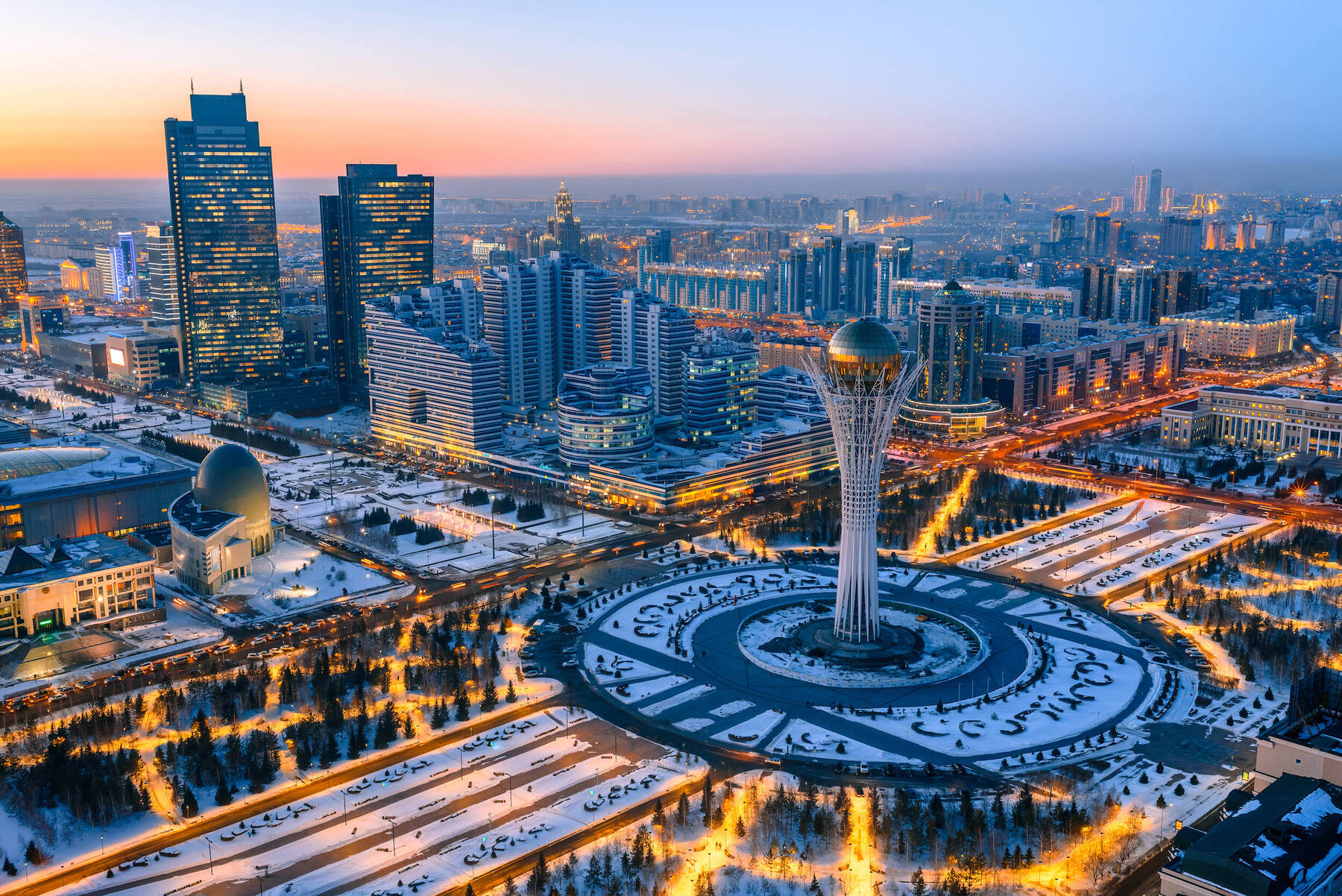Sights to see in Madrid
At the forefront of the arts in this city is a sculpture by artist Antonio Navarro Santafé (1906 – 1983) The bear and the strawberry tree. Built between 1766 and 1768, it can be found in La Puerta del Sol, the city’s most famous square, and has become the symbol of Madrid. Visit the statue as part of your own walking tour of the city, on which you should include the Royal Palace of Madrid, the Almudena Cathedral and the city’s largest park, home to over 15,000 trees with several beautiful gardens and a gorgeous lake.
If visiting over a weekend, dedicate your Sunday to the famous and almost intimidatingly large El Rastro de Madrid. This lively open-air market is over 400 years old and the name translates as ‘the trail’ because it takes you past an endless number of stands selling extremely varied objects until 3 pm.













Comments